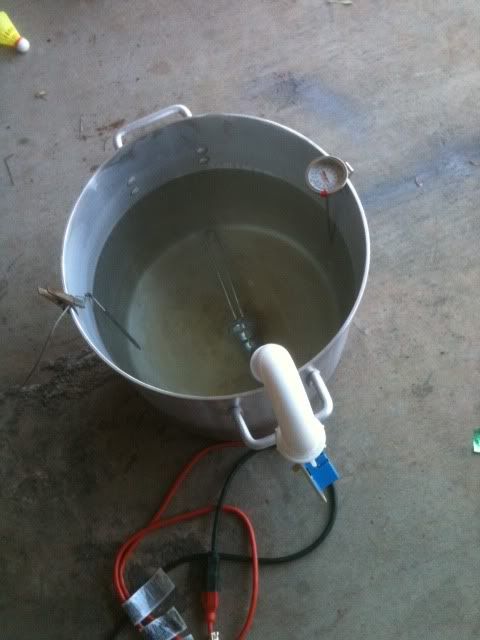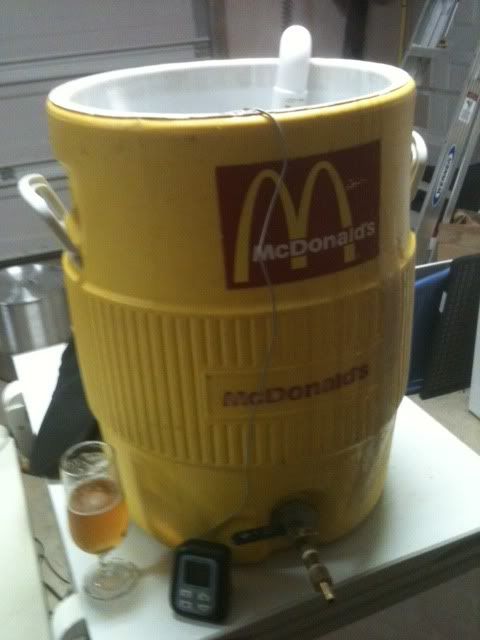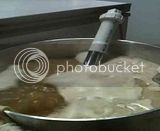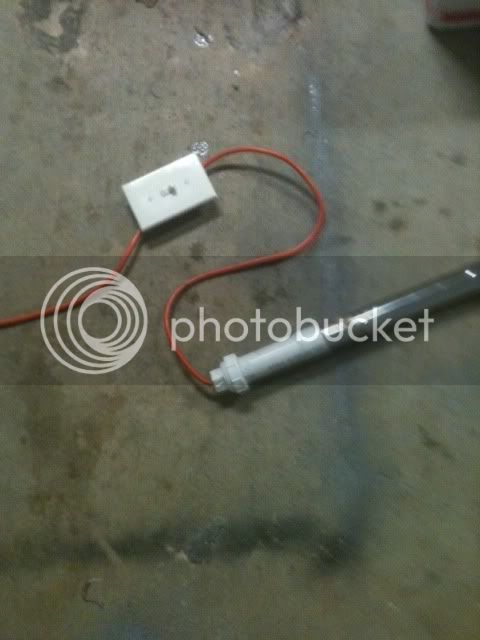I use a crappy ceramic/glass top stove, with my 10 gal aluminum boil kettle over two burners that are cranked to high. I could barely boil 4 gallons of water that way so I built a 1500 watt heatstick for about $60. Two stove burners + heatstick works for boiling at least 8 gallons. I heat my mash water in my kettle, dump it into my cooler mash tun, then start to heat sparge water with another 4 gallon kettle. No need to risk the heatstick in the cooler that way. I drain the mash tun back into the 10 gal boil kettle and begin the boil. It takes about 20-30 minutes to heat up to boiling. My stove has a temperature sensor built into it that ends up turning the burners on for maybe 5 seconds, then powering down, then turning back on. It sucks, but with the heatstick, it works. I have purchased most of the materials for mounting an element into the kettle, which I hope will allow me to bring my boil outside, when combined with the heatstick. My kitchen vent hood is a piece of crap and will drip condensation back into the boil kettle if I don't wipe it often. I have a $13 plug-in GFCI adapter from home depot and I just unplug the stick when I need to move the kettle or stop the heating/boiling.







